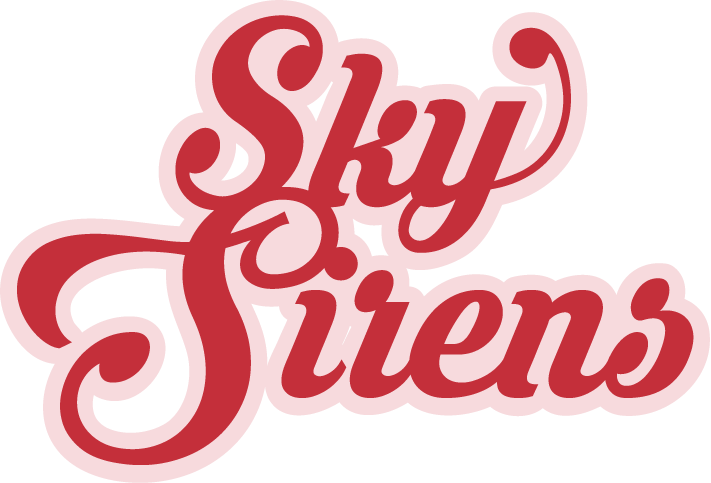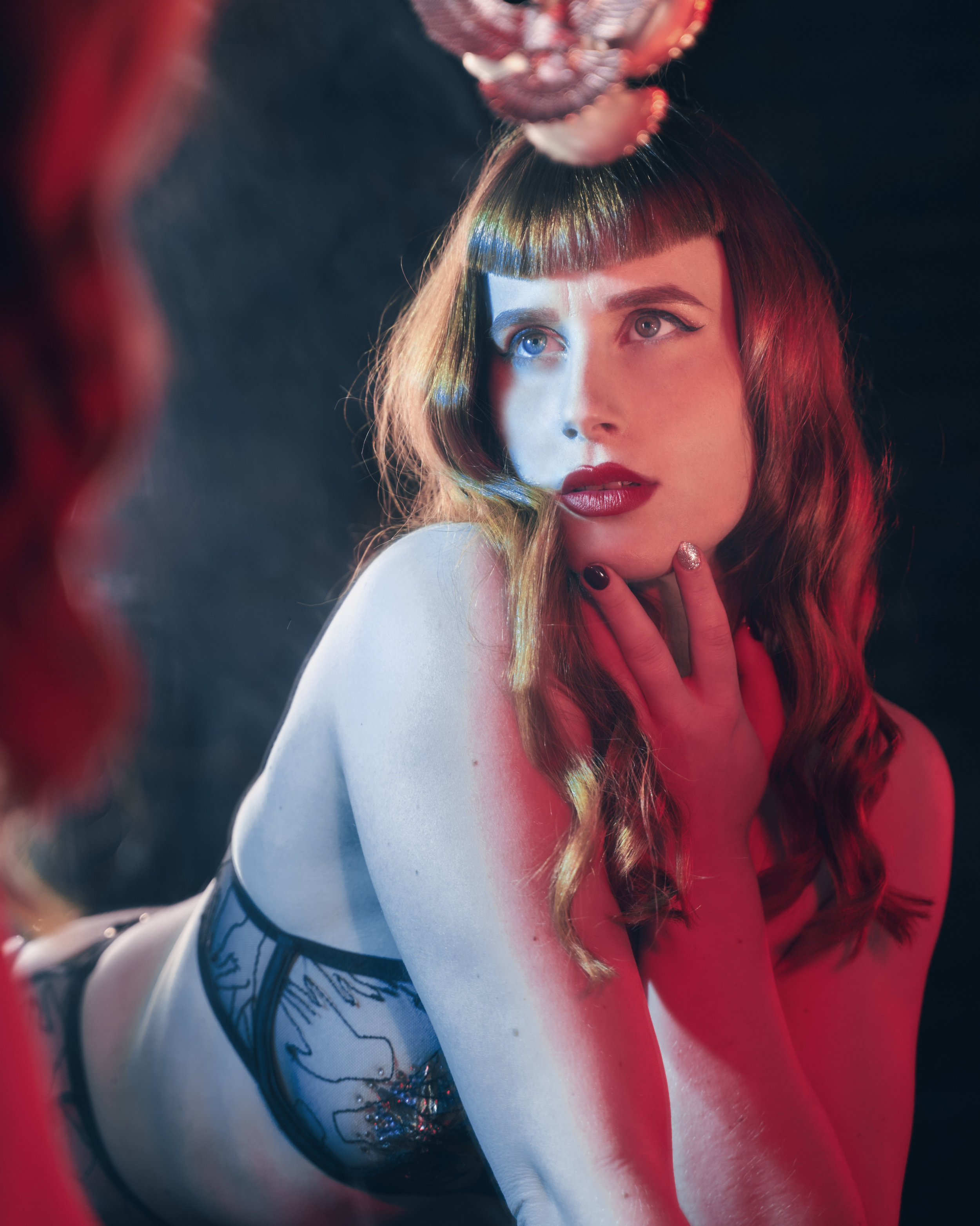Words by Katia Schwartz | Photography by Jack Ailwood
There is always so much focus on gaining flexibility, nailing “moves”, conditioning for strength and the desire for perfection in shapes. I definitely see the appeal – there’s nothing like the sense of achievement you feel once you unlock a milestone you have been working towards. As much as I love the feeling of adding a new move to my library or getting further in my splits – I actually spend most of my training practicing what I already know. The execution of the trick, how you enter it, the way your hands move gracefully, easing out of one shape and transitioning seamlessly to the next are all aspects that I focus on in my personal practice.
It’s about harnessing the power of flow.
I’ve always had the mindset of, “if I’m going to do something, I will do it well”. Despite this mindset being one of my weaknesses (hello unnecessary pressure of always trying to be perfect and sending myself into a spiral of perpetually feeling not good enough), it is also equally one of my greatest strengths. There’s nothing more satisfying to me, than watching someone moving like liquid. As if they could be doing the moves with their eyes closed, or in their sleep.
It’s about making the difficult look easy.
A fellow artist once told me that performers are complicated people. We strive to make the seemingly impossible appear as though it takes no effort at all. We spend countless hours of time obsessing over tiny details that all contribute to making everyone think you came out of the womb doing it.
I don’t come from a dance or gymnastics background, I started all of this as an adult. I definitely have a natural flare for performing (my rising sign is a Leo, so enough said), but in terms of executing tricks – I have to work very hard to make things look smooth. It took me almost a year to nail my invert, and I have to practice tricks hundreds of times before it looks smooth. Because of my hearing loss, I also have very poor balance which means that learning new tricks takes a lot of time for me to master. I have been dancing for 11 years now, and I have always felt self conscious saying that because I feel as though people expect me to be so much “better” than what I am. A lot of people define success in dance as being the most flexible, the one with the bendiest back, someone who can deadlift their bodyweight over and over again and who knows the “latest” tricks trending online.
On the weekend, I had to give myself some of my own advice. Success is not about being any of those things above. It’s about doing what you know and are confident with, and making it look seamless. It’s about how well you transition what you know together, your flow and fluidity. It’s about showcasing something that you know that you’re going to nail without stress or worry. It’s about finding that balance between challenging yourself, and also feeling safe. It’s about creating something that makes you proud of yourself. If you follow this definition of success, no matter where you are in your dance journey you can feel a sense of accomplishment. You don’t have to be the bendiest, strongest person alive with all the fanciest tricks to be a great dancer. This isn’t a discredit to those who work extremely hard on those things – it’s more of an encouragement to those who have just started their journey or for people who may realistically never get to that level.
I was really stressed about my Glory Box performance, and felt as though people expected me to perform deadlifts and prance around like a piece of flubber. As much as I wanted to include some “new” or “difficult” tricks in my performance, I knew I wouldn’t be satisfied if I screwed it up on the night. Sticking to what you know, and what you’ve practiced over and over again is always going to create a better show than a trick you only learnt a week ago.
In my opinion, there’s nothing more beautiful to watch than someone who has truly mastered the art of flow. No matter where you are in your dance journey, start practicing this concept now. When you know your transitions inside and out, and they have been imprinted into your muscle memory – your performance will look professional even if you’re only dancing beginner moves. Flow is something that is often overlooked, but when it’s missing – it’s so obvious.
For those wanting more information on how to practice fluidity, transitions and master the art of flow – here are my tips:
1. I always practice new moves individually until I can physically do it. But once I feel safe, I then only practice them in sequences. I make sure that I am training the transitions, in and out of the trick just as many times as I train the trick itself. It’ll mean that it will take longer to fully master, but once you have achieved it – you’ll already have the transitions imprinted into your muscle memory.
2. Once you’ve mastered your transitions, it’s time to add some hand movements and other embellishments. Maybe it’s a matter of adding in a head roll, rolling or flicking your hands and fingers, or stomping your heel on the ground before inverting. Embellishments need to be worked into your flow sequences so that they look natural and appear seamlessly as part of the moves.
3. Freestyle! I always include freestyles in my training sessions, because it helps with loosening up your body and find new ways of moving. You can read more about Freestyling in a blog I wrote a while ago here.
4. Video yourself! I video literally every single thing that I do so that I can watch myself and analyse it afterwards. I have a very unhealthy habit of picking out all of my faults and spiralling out of control and thinking I’m a talentless gremlin. So if you’re like me, it’s always best to make sure you also make a conscious effort to pick out what you like about each video and compliment yourself.
5. If it’s in your budget, book a private lesson with an instructor to only work on sequences that you know. Booking privates to learn new tricks is awesome, but there’s also something special and important in having someone help you perfect your already existing library. In privates, it’s always best to come prepared with a few things to work on so that you get the most out of your lesson. Don’t try and squeeze in too much!
6. Booking into classes that really harness your flow are also helpful. These classes are dance-based classes, like contemporary pole/lyra/sling, Burlesque classes, Vixenettes classes or other specialty classes that focus on coordination and dance. Focusing on moving your body in different ways rather than focusing on “tricks only” will definitely improve your confidence with dancing, which is a huge part of mastering flow.






